On-Page SEO: Beginner’s Guide to SEO

If you own a website and have been searching for ways to improve its performance, opting for professional On-page SEO services can be an ideal start to the journey.
Once you understand what is SEO and how it works, the first area you need to optimize is what your visitors will come across – the web pages. This category of optimization is called On-page SEO/Onsite SEO and involves a lot of minute tweaks and changes, which are detailed in this comprehensive guide.
WHAT IS ON-PAGE SEO?
On-page SEO, also known as on-site SEO, is the process of optimizing website pages for better SERP ranking. This process includes the visible content and the site’s HTML code. It is multifaceted and also includes aspects, like meta tags and schema.
By optimizing these elements, you are aiming to improve your website’s trustworthiness, credibility, and authoritativeness. This will attract more visitors, which will tell Google that your web pages are relevant to search results and provide them with a better ranking.
On the other hand, a higher ranking will garner more traffic to your site who will only continue to stay there if the pages provide what they require.
WHY IS ON-PAGE SEO IMPORTANT?
The top 5 search results attract over 60% of organic traffic, and with 81,000 users searching on Google every second, that is a significant number of potential customers. As of 2021, about 57% of marketers have admitted that their most effective SEO tactic was On-page content development.
This shows that On-page SEO can significantly improve a web page’s ranking, and this fact is not unknown to anyone who owns a website. So, it is not only that on-site optimization will make your site more visible, but not using it will technically make it invisible on the internet.
You obviously do not want your site to be among the 90.63% that never get any organic traffic. Hence, it is imperative to use the tactics under On-page optimization to remain relevant among online searchers.
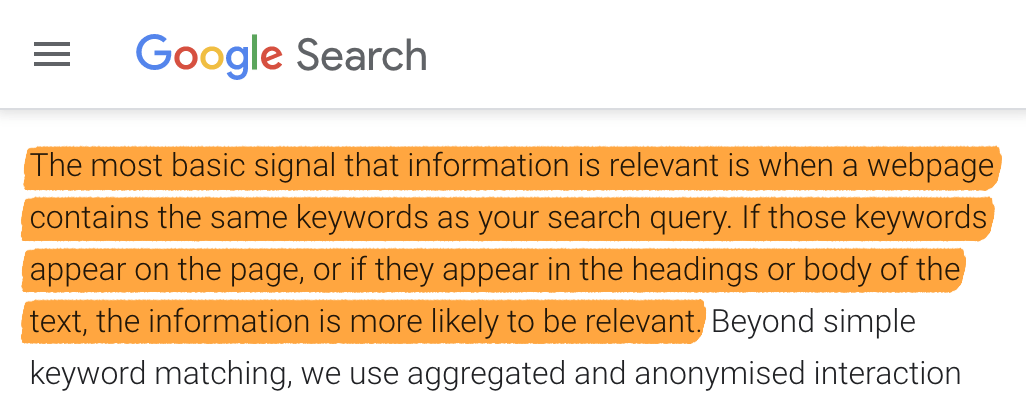
Once you have reached a level of optimization, you can also avail expert SEO services to take it up another notch. But before that, you need to understand what factors are essential for this to make better use of its techniques.
WHAT ARE THE ESSENTIAL ON-PAGE SEO FACTORS?
One of the main highlights of On-page SEO is that a website owner has a lot of control over how things will act, react and appear on the website. Hence, you can never skip it and expect your site to perform well!
Unlike off-page SEO that mainly comprises building quality backlinks, you will witness serious traffic improvement if you put proper efforts into this. There are certain crucial factors associated with this, which essentially enhance your site’s online visibility. These are:
- User Engagement: Business is all about impressing potential customers and convincing them to avail of your products and services. Proper application of on-site optimization can help you achieve that and set you ahead of your competition.
- Content Auditing: Like any other strategy formation, if you are trying to create a favorable On-page environment for your visitors, analyzing past performance is extremely important.
- E-A-T: Here, E-A-T stands for Expertise, Authoritativeness, and Trustworthiness. As already discussed above, proving that your content is reliable and unique plays a significant role in both attracting visitors and impressing the search engines. So, with On-page SEO, you achieve exactly that and continue to grow.
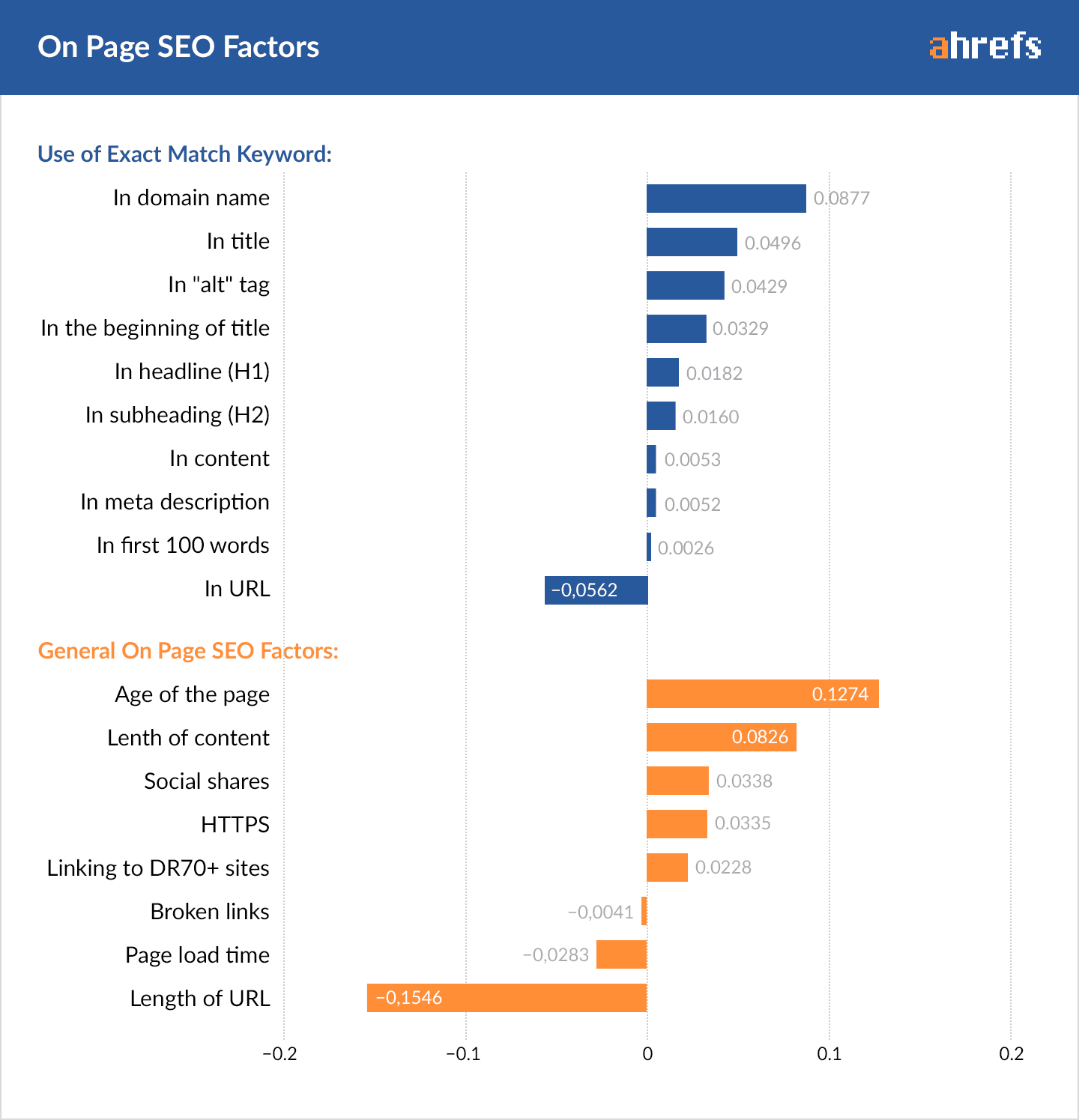
While these are the foundation factors of on-site SEO optimization, there are numerous practices that one can implement to master On-page SEO for beginners.
ON-PAGE SEO BEST PRACTICES
The following are some of the crucial On-page search engine optimization techniques that beginners should definitely practice.
1. Web Content Optimization
The foremost thing that your visitors come across on your website is its content. Any searcher reads at least 3-5 content pages, before making a decision.
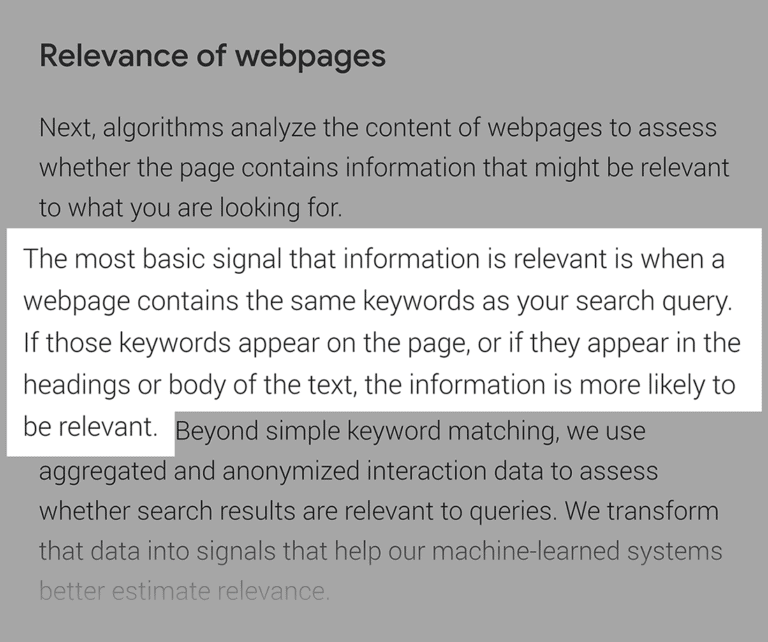
So, you have to ensure that it is your content that made the conversion resulting in better sales. Proper keyword density, LSI keyword integration, and informative content creation are essential parts of it. However, you can constantly improve it by availing expert SEO services for your website’s content optimization.
2. Sitemap Creation
Your website’s sitemap is a blueprint that you provide to the web crawlers to efficiently navigate through the site. It will also help the bots understand which pages to crawl and which they should not. While you can create several types of sitemaps, the essential ones are:
- XML Sitemap: This is the most prevalent type of sitemap that links to the different pages on the site. XML sitemaps can help Google and Bing understand your site and find all of its content. There are a number of free tools to generate XML sitemaps.
- Text Sitemap: Text or .txt sitemap format is the one you need to create under the name urllist.txt and save the entire site’s URLs line-by-line.
- User Sitemap Page: While the above mentioned maps are for the search engine bots, this one is for the visitors. This should be a detailed outline of the entire website helping the users to navigate the site easily.
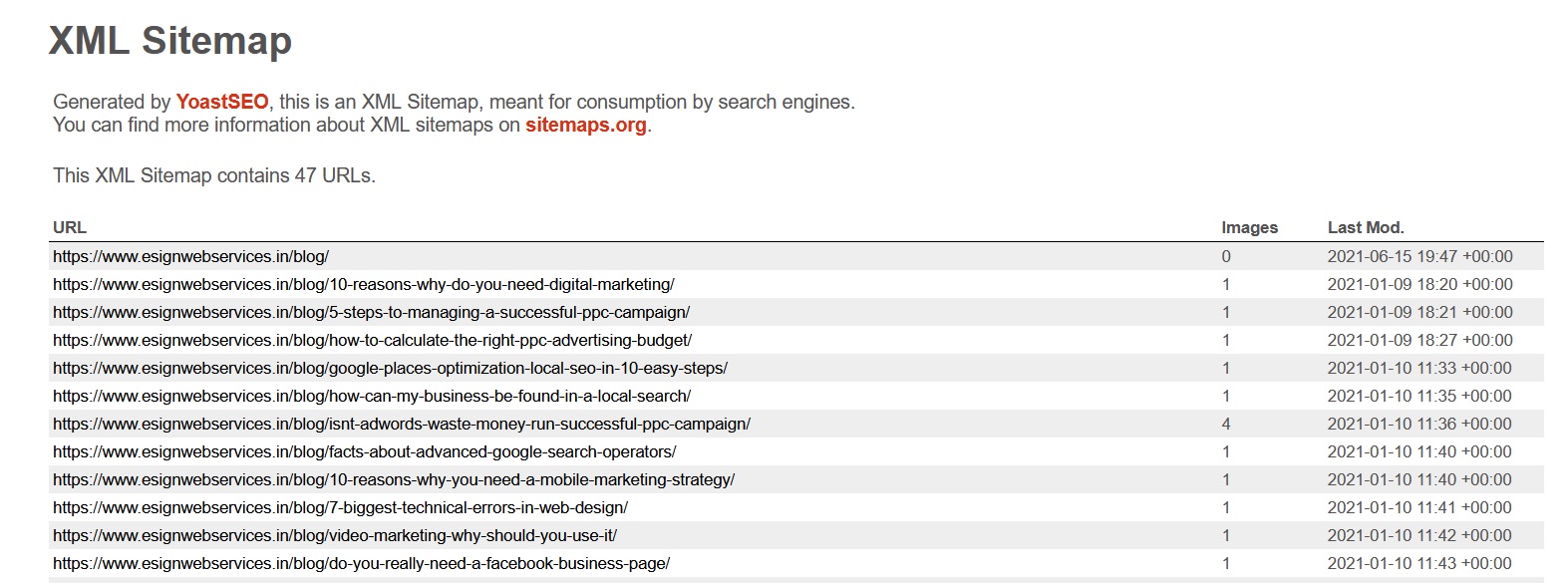
Apart from these, there can be an individual sitemap for images, videos, etc., which you can create with the help of professional assistance from an SEO service provider.
3. Meta Tags Optimization
Just like the sitemap, you can provide signals to the search engine bots with the help of several kinds of meta tags. These help it understand exactly what kind of search queries your page should show up for and who would benefit from it. The tags that you definitely need to optimize in your web page content are:
- Title Tags:Â The title tag is the crucial anchor in your webpage. It is what the searchers see as a clickable link on the SERPs. It should convey a clear message about the content as a well-written title tag can significantly improve traffic to the web page.
- Description Meta Tags: About 30% of the time, Google will show the meta description of a page on the SERPs. However, when it does show it, the description can help both Google and searchers understand the relevance of that page.
- Image (ALT) Tags: Image searches have become popular in the past few years. Alt tags help Google understand which image will be relevant to which search. Also, these tags serve as an alternative display when an image does not load.
- Heading Tags: These HTML tags help bots identify the heading, subheading, and any other heading from the body of the text.
- Canonical Tags Implementation: By implementing these tags, you tell Google and other search engines which version of a page you consider as the main one and wish to get the same indexed.

Like sitemaps, you can leverage several other types of tags, but they require expert guidance. A proper SEO service can help you a lot with advanced meta tags.
4. Website and Competitor Analysis
When creating an impactful strategy, you must conduct thorough research to know where you and your competitors stand. A detailed analysis will help you understand the weaker parts of your optimization plan and which parts your site can do without.
The following 3 are the most critical analyses you have to conduct to achieve a better SERP ranking.
- Navigation Structure Analysis: It is the key part of any website design with a higher level of abstraction and cannot be compared to just sketching pages. This analysis will help you formulate better user sitemaps that will ensure improved dwell time.
- Website Usability Analysis: This is the analysis you need to conduct after creating the site to check if it is user-friendly or not. There are several options for a single search query, so never give the users a chance to leave the page even if it is due to a poor user experience. You can test your mobile-friendliness in a Google tool or check any issues in Search Console, section Mobile Usability.
- Competitor Analysis: Before you devise your On-page SEO plan, it is essential that you check what your competitors are doing and how successful their websites are. Even though you can conduct a competitor analysis by yourself, it will not be much detailed. So, it is better you get a professional SEO service for this.
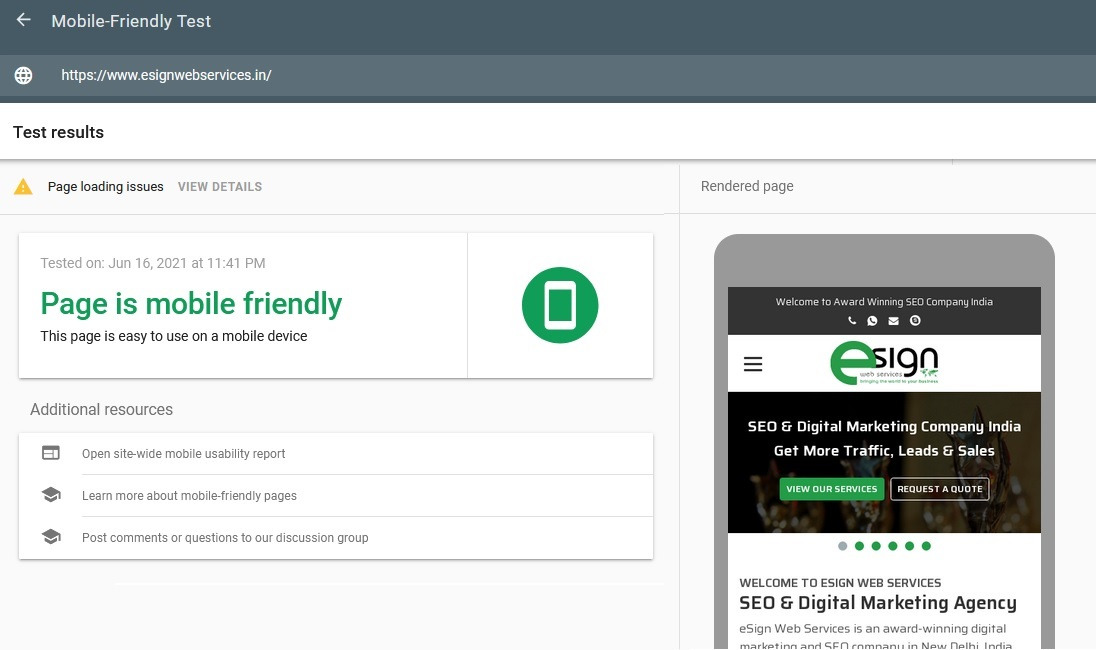
You can conduct other types of analyses if you want, but that should not hinder the process of these mentioned above.
5. Anchor Text Optimization
SEO experts believe that an anchor text is a crucial element that can unlock every link’s potential. To emphasize more on this, Google even rolled out its algorithm Penguin for the same in 2012.
An anchor text is a word or a set of words that one hyperlinks to another web page. This can be a page within the website or a page from some other website for reference. The hyperlinked page discusses the word in its anchor text, which helps both users and Google connect the two.
There are ten different types of anchor texts that you can utilize to create diversity and improve the user experience of a page, namely:
- Website name
- Exact-match keyword
- No text
- Branded keywords
- LSI keywords
- Naked URL
- Co-occurrence
- Page/blog post title
- Generic
- Partial match keyword
6. SEO-Friendly URL Structure
URLs have a significant role to play when it comes to ranking high on the SERPs. According to the head of Google’s webspam team, Matt Cutts, the first 3 to 5 words of any URL are crucial in this regard.
So, it is essential to keep the URLs short and descriptive for proper optimization. It would help if you also incorporated the primary keyword in it to improve CTR and let Google know which keyword the page is for.
Apart from making it short, you should also keep the entire URL in lower case, match it with the page title and check all the dynamic parameters to get the best results out of it. Framing effective URLs are critical, and if you want SEO service for something, it should be this.

7. Page Speed Optimization
Even a lag of 0.1 seconds can significantly reduce the performance of your website. Hence, you should actively ensure that the pages are loading fast and users can interact with them in no time.
People are more likely to purchase from a site that lets them shop quickly rather than the ones which take several seconds to load. Some practices that can significantly boost your page’s speed are:
- Compressing images
- Reducing HTTP requests
- Asynchronous loading
- CSS and JavaScript minification
- Proper selection of web hosting, etc.
- Good Text/HTML ratio
About 40% of people will leave a website if it takes more than 3 seconds to load. So, it is ideal to keep the loading speed of your website below the 3-second mark. To test the page speed, you can use PageSpeed Insights from Google. Besides the speed score, you’ll also get tips and hints on how to improve the site speed.
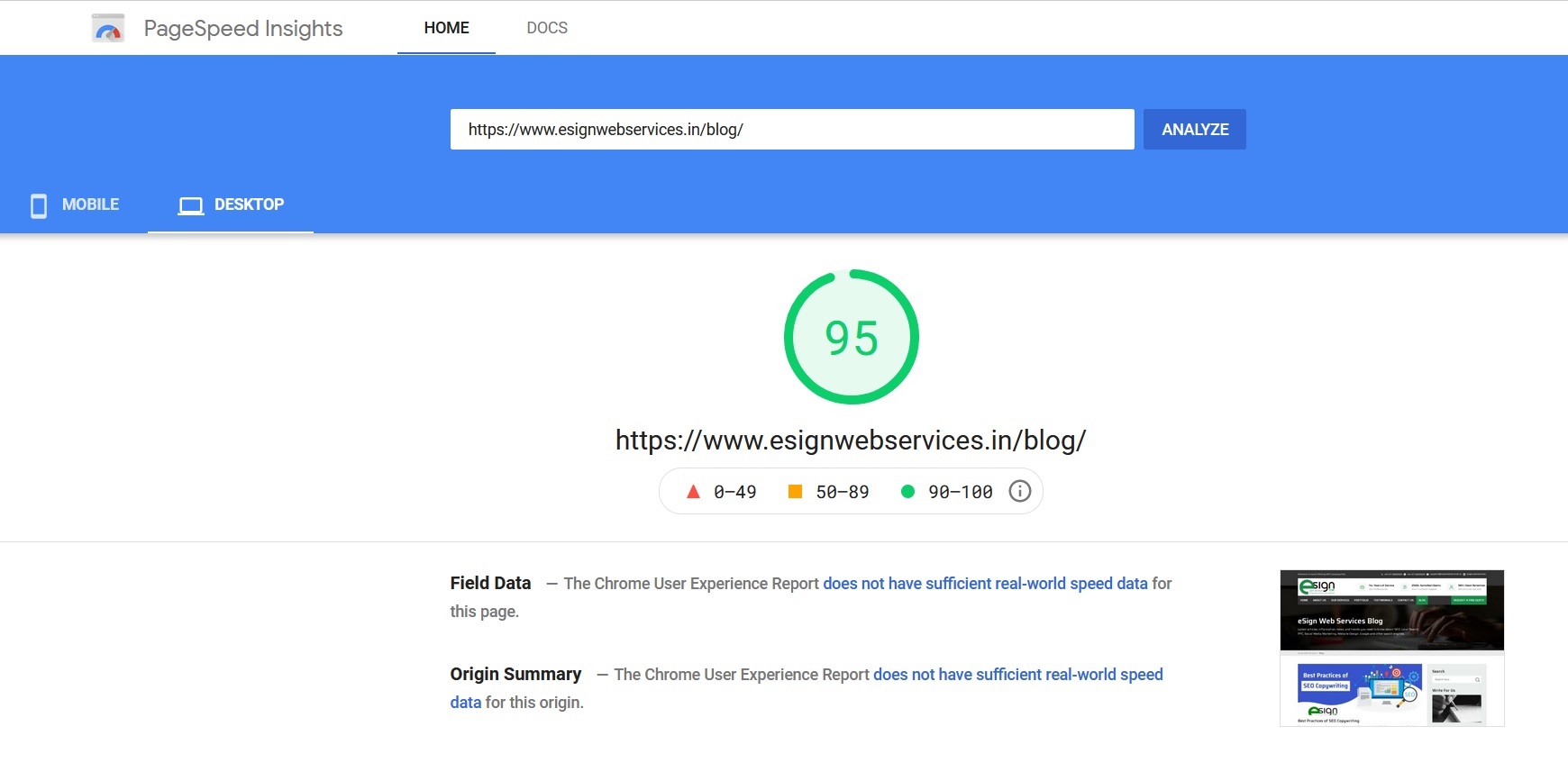
8. Account Setup
One of the essential search engine optimization techniques beginners should pay attention to is different types of setups. These setups will not only ensure better performance but will make the website future-ready as well.
These will ensure your website abides by the rules of the respective search engine and follows its best practices. The most essential setups that you might need are:
- Google Search Console
- Bing Webmaster Tools
- Google Analytics
- Google My Business Account
- WordPress Blog
They will help you better optimize your web pages and also check how they perform daily. As you can see, it is not only Google that you should aim for; other search engines can also offer significant traffic to your site.
ADDITIONAL ON-PAGE PRACTICES
Now that you are well versed with the basic On-page SEO practices, it is essential that you also apply certain advanced techniques to stand out from the rest. If you have just begun to optimize your website, it is understandable to concentrate on the basics.
But even a relatively old site should implement the following to improve its performance and visibility. These advanced techniques are:
- GEO Tags / KML Sitemap
- RSS Feed / ROR File Creation
- Robots.txt File Creation
- Hreflang Tag Implementation
- 301 Permanent Redirection
- Outgoing Links No-Follow
- Twitter Card Implementation
- Open Graph Implementation
- Custom 404 Page Analysis
- Broken/Dead Links Check
- Keyword URL Mapping
- Product Optimization Suggestion
- Mobility Issues Check
It is better to leave the job in the hand of a professional and reap the maximum benefits of On-page SEO.
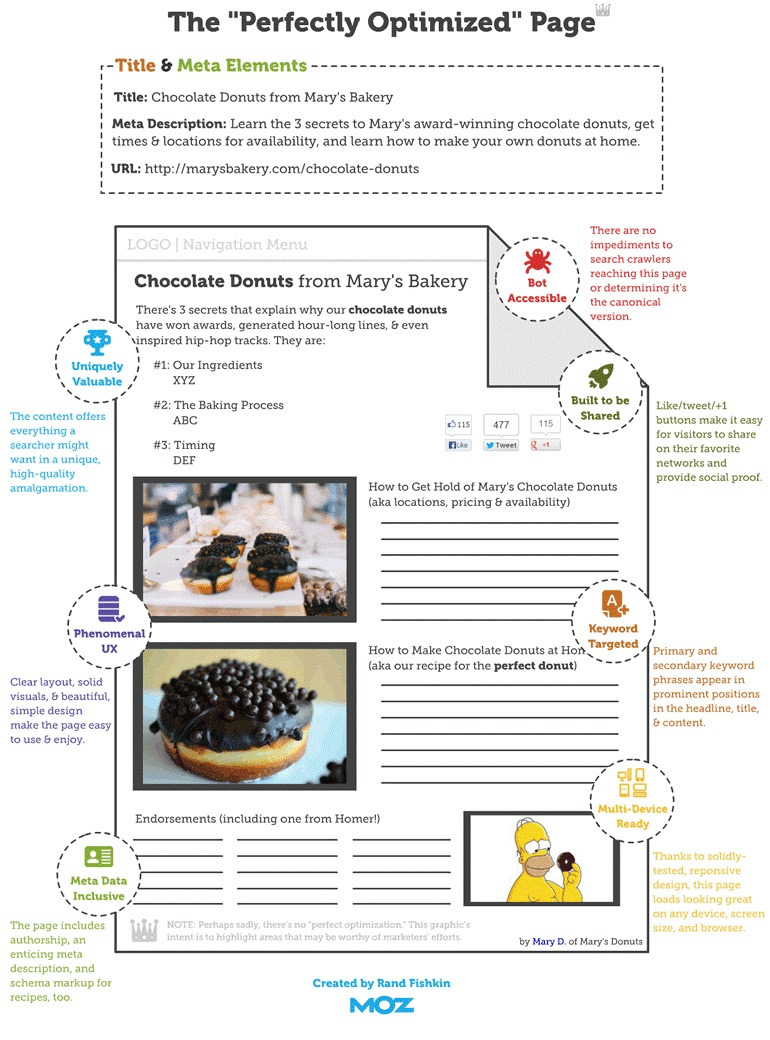
CONCLUSION
With over a billion websites on the internet, search engine optimization is no longer an addition to website development but an inseparable part of it. Proper research and implementation of On-page SEO techniques are some of the important reasons why some pages are at the top of the SERPs.
While SEO cannot guarantee the number 1 rank for your website, it sure can better its chances at achieving it. Moreover, it is not only about using these techniques, but also about how one incorporates them for optimum performance improvement.
If you want to get the most out of your website, it is best to avail an expert On-page SEO service provider after successfully incorporating the basic On-page SEO techniques, some of which are covered in this guide.
Is there anything that you’d like to add to this discussion?
Let us know in the comments.



